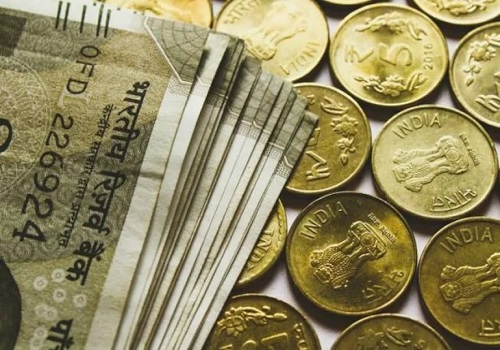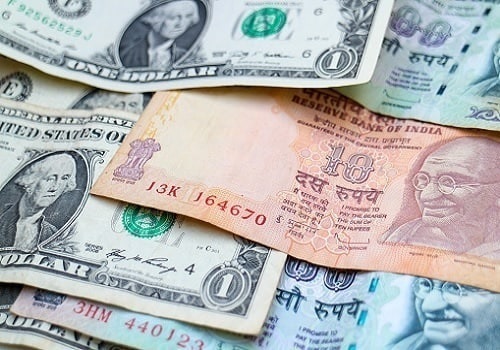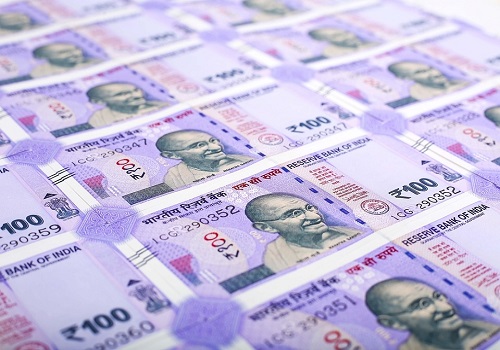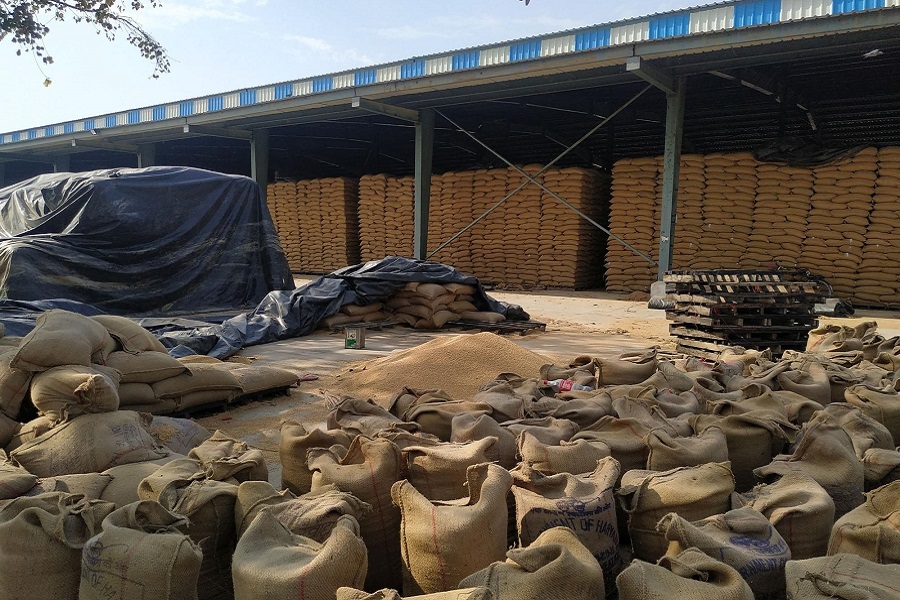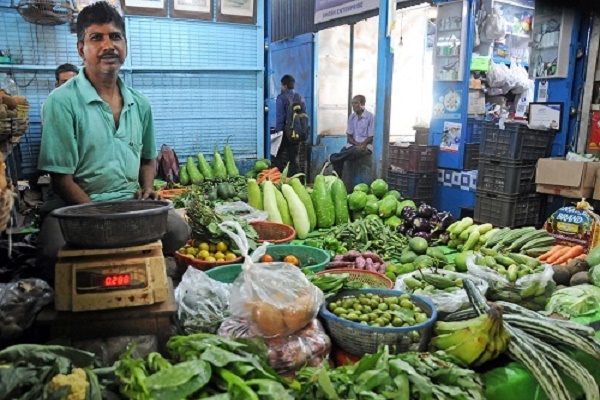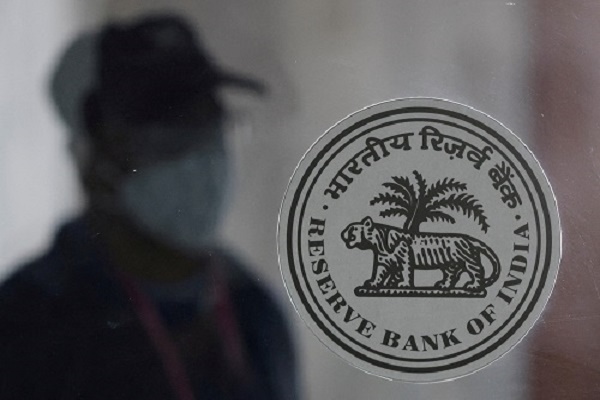Euro Strengthens Amid Inflation and Growth Signs, But Risks Loom by Amit Gupta, Kedia Advisory

The euro gained strength, crossing $1.04 as the US dollar weakened, influenced by concerns over President Trump's trade tariffs and their potential economic impact. While Eurozone producer prices rose for the third consecutive month and services output showed modest expansion, inflation edged up to 2.5% in January, driven by rising energy costs. Private sector activity also rebounded, marking its first expansion since August 2024. However, manufacturing remained in contraction despite easing declines. The European Central Bank (ECB) hinted at further rate cuts, potentially in March, to counter deflationary risks posed by trade tensions. While recent economic data indicates stability, uncertainty around US tariffs and ECB policy direction may weigh on the euro's strength.
Key Highlights
* Euro rises above $1.04 as the US dollar weakens amid trade tensions.
* Eurozone producer prices increase for the third straight month, mainly due to energy costs.
* Private sector activity rebounds, led by services expansion and easing manufacturing contraction.
* Inflation rises to 2.5%, driven by higher energy prices despite steady core inflation.
* ECB signals potential rate cuts, fueling concerns over prolonged monetary easing.
The euro strengthened past $1.04 as the US dollar weakened due to growing concerns over trade policies. Investors are closely monitoring the economic impact of President Trump's tariffs, which have fueled global uncertainty. Additionally, China’s retaliatory measures against US goods have intensified market volatility. Meanwhile, the Eurozone witnessed signs of resilience, with business activity expanding after two months of contraction.
Eurozone producer prices increased by 0.4% in December 2024, marking the third consecutive monthly rise. The gain was mainly driven by energy costs, while intermediate and capital goods also contributed. Among major economies, producer prices rose in France, Spain, and Italy but fell slightly in Germany. At the same time, the HCOB Eurozone Composite PMI rose to 50.2 in January, indicating a shift to expansion, driven by services growth and a slower contraction in manufacturing.
Inflation in the Euro Area increased to 2.5% in January, slightly exceeding market expectations. The rise was largely due to higher energy costs, while core inflation remained steady at 2.7%. The ECB, which recently cut interest rates, may continue its easing stance, with markets predicting the deposit rate to drop to 1.87% by December.
Although the manufacturing sector remains in contraction, it showed signs of recovery as the Manufacturing PMI rose to 46.6, the slowest decline since May 2024. However, employment levels continued to decline, and businesses opted to absorb rising input costs rather than passing them on to consumers.
Finally
The euro’s recent gains are supported by economic improvements, but risks from trade tensions and ECB policy remain. Further rate cuts and uncertainty in global markets could limit upward momentum.
Above views are of the author and not of the website kindly read disclaimer
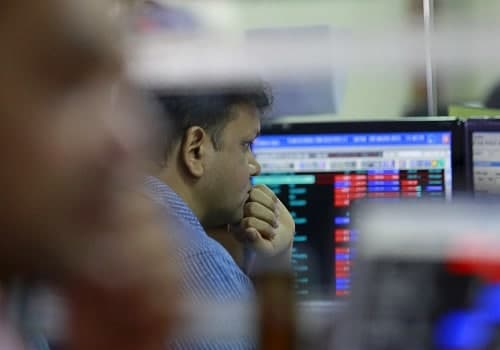
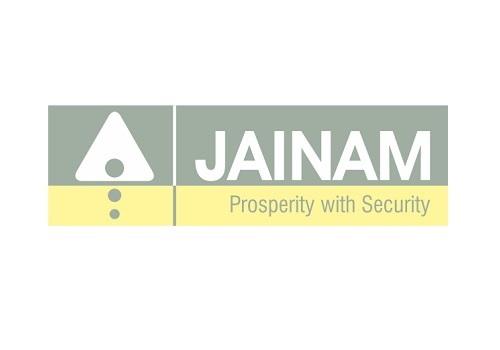


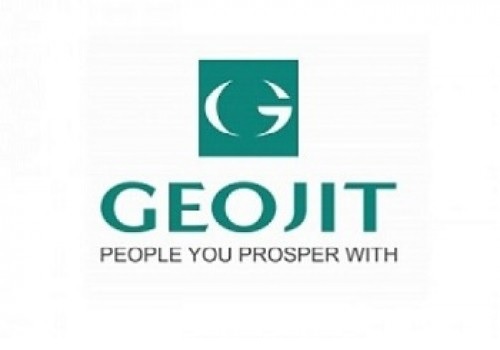

.jpg)

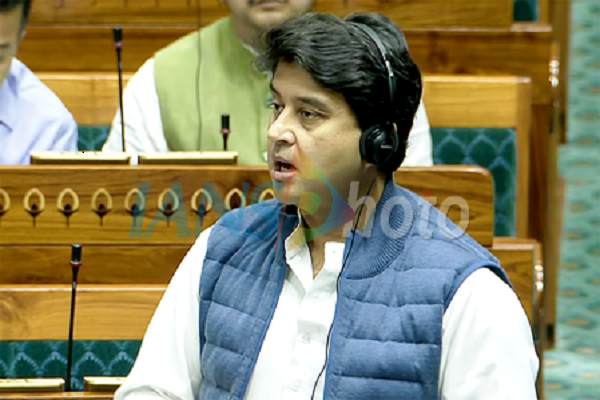
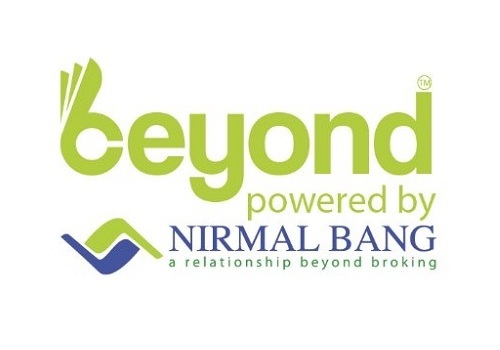
More News

Quote on rupee falls again to 90.10 against dollar by Nikunj Saraf, CEO, Choice Wealth
